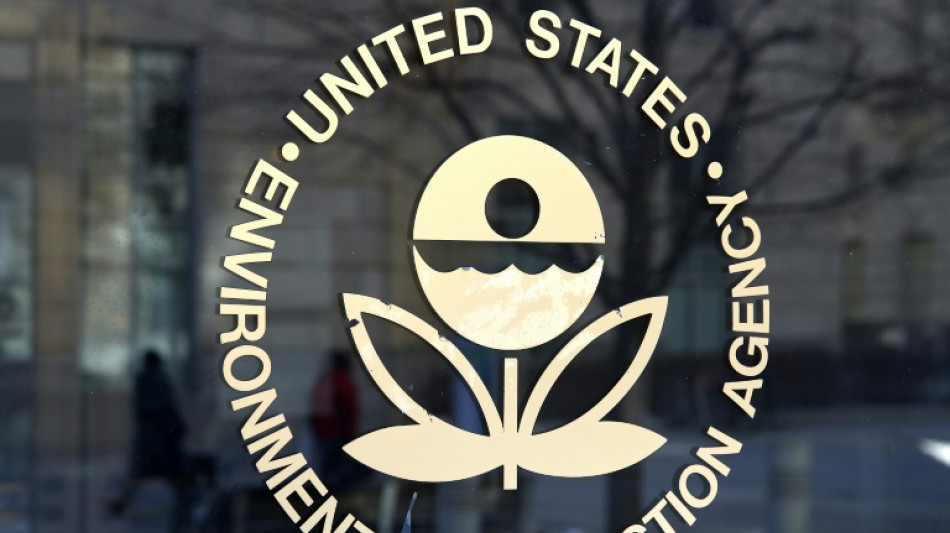
CMSD
0.0900


The US Environmental Protection Agency proposed measures on Tuesday to reduce exposure to ethylene oxide (EtO), a chemical widely used to sterilize medical equipment that has been found to increase the risk of certain cancers.
"EtO is used to sterilize approximately 20 billion medical devices each year and it fills a critical need in the medical industry," said EPA deputy administrator Janet McCabe.
"Long-term exposure to EtO can have serious harmful health implications, including certain types of cancers," McCabe said.
According to the Union of Concerned Scientists, long-term exposure to EtO increases the risk of non-Hodgkin lymphoma, myeloma, cancers of the white blood cells and breast cancer in women.
Besides sterilizing medical equipment, EtO is also used in some health care facilities and to sterilize spices to prevent illnesses caused by salmonella and E. Coli.
To reduce exposure to EtO, the EPA said it is proposing more stringent air emissions standards under the Clean Air Act and additional protections for workers exposed to the chemical.
It is proposing stricter pollution control requirements for 86 commercial sterilizer facilities across the country that would reduce EtO emissions by 80 percent.
Facilities would be required to report results to the EPA twice per year and comply with the new requirements within 18 months after they take effect.
The EPA is also proposing new safeguards to protect workers who use EtO to sterilize products, including real-time monitoring of EtO that can measure EtO within sterilization facilities down to 10 parts per billion (ppb).
If levels surpass 10 ppb, workers would be required to wear personal protection equipment, the EPA said.
The use of EtO would also be prohibited in certain places such as museums where alternative sterilization methods exist.
The EPA proposals will be open for public comment for 60 days and should be finalized in 2024, the agency said.
Z.Huang--ThChM